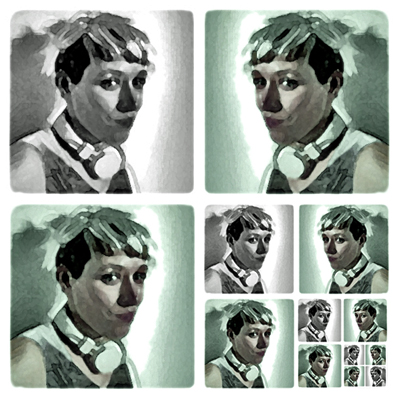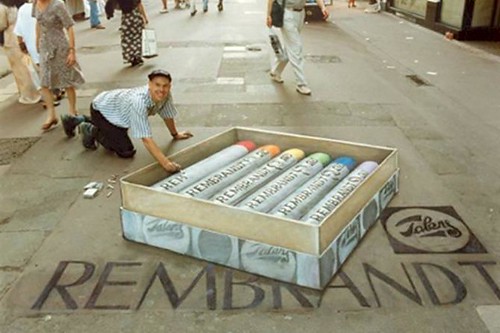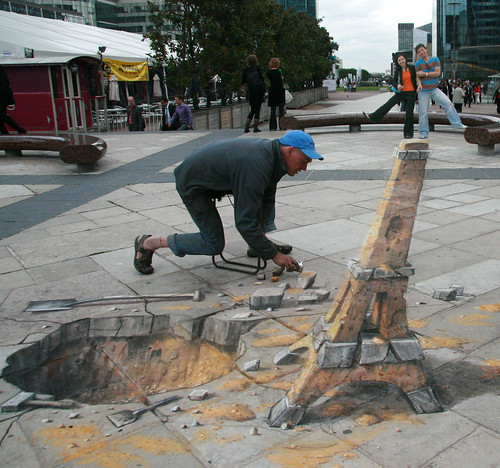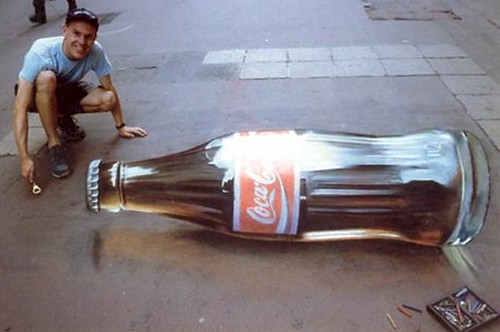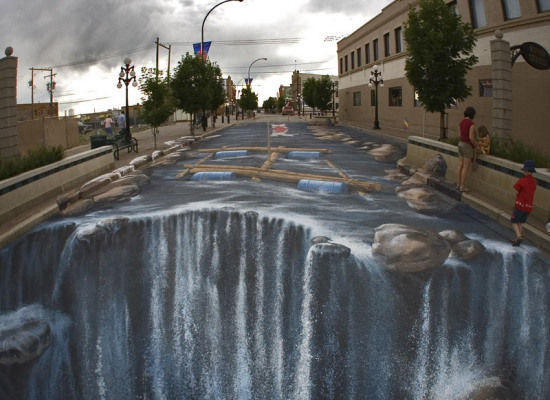Less Literal, More Literary

Less Literal, More Literary
Yesterday I admitted my love/hate relationship with marginalia and graffiti. This morning I awoke troubled. I realize that yesterday’s post was disingenuous. It’s more like a love/tolerate relationship. Or LOVE/tolerate.
I can’t honestly claim to hate marginalia or graffiti, not often at least.
Which brings me to another confession. I often joke about Mondays. How tough they are. How frustrating they are. How long they are. How persistent they are. (ie. “Every day is Monday.” Or, “It’s been a week of Mondays…”) Also how short they are. How fleeting they are… You get the picture?
[blackbirdpie url=”https://twitter.com/virtualDavis/status/280776362447499265″]
I know, clever, right? No. Not clever. And worse… not 100% candid.
You see, I actually sort-of-kind-of like Mondays. I start planning for Monday on Friday. Or at least Sunday. Monday morning is a land of possibility. Goals. Lists. Optimism.
I’m always overly ambitious and overconfident on Monday morning, and almost always surprised when Friday afternoon sloshes in and I’m still building my sand castle. “Wait! I’m not done yet. The turrets…”
So, yes, some weeks feel like Monday every day, but those also tend to be the weeks when I feel accomplished and satisfied on Friday. When I’m ready to turn off my computer and head out to garden or ski or windsurf or just wander the back meadows with Griffin.
Less Literal
This morning as 5:30 am rolled into 6:00 am and I indulged a few final minutes snuggling with bride and dog before decamping for the day, I began composing a list. Lists always help when I’m troubled. Organize the problem into actionable reminders, and it feels like I’m partway done.
It quickly swelled into ten reminders. Personal, less literal, more literary reminders.
- Slow down.
- Cultivate curiosity.
- Suspend assumptions.
- Wend. Wander. Wonder.
- Meander beyond the margin.
- Meander more!
- Multitask less.
- Think in stories.
- Live in stories.
- Hum. Or doodle.
It sort of reads like one of those cheesy inspirational posters you can order online. The kind you can pin up in the employee lunch room to improve team productivity. Only, this might prove detrimental to team productivity. At least in some ways. Any way, Top 10 Ways to be Less Literal and More Literary might lack mass market appeal, but I’m sticking with it. A Monday morning mantra. An everyday mantra. Amplify opportunities. Ask more questions. Get lost. Make things up. Fool around with a harmonica. Kazoo? Uh-oh. The list is growing.
Short List
Make time to be less literal and more time to be more literary. Have a great week!
Related articles
- Graffiti and Marginalia (virtualdavis.com)
- Schopenhauer’s Flâneur (virtualdavis.com)
- Mashup Manifesto: Steal Like an Artist (virtualdavis.com)
- 3D Art on Sidewalks (virtualdavis.com)




